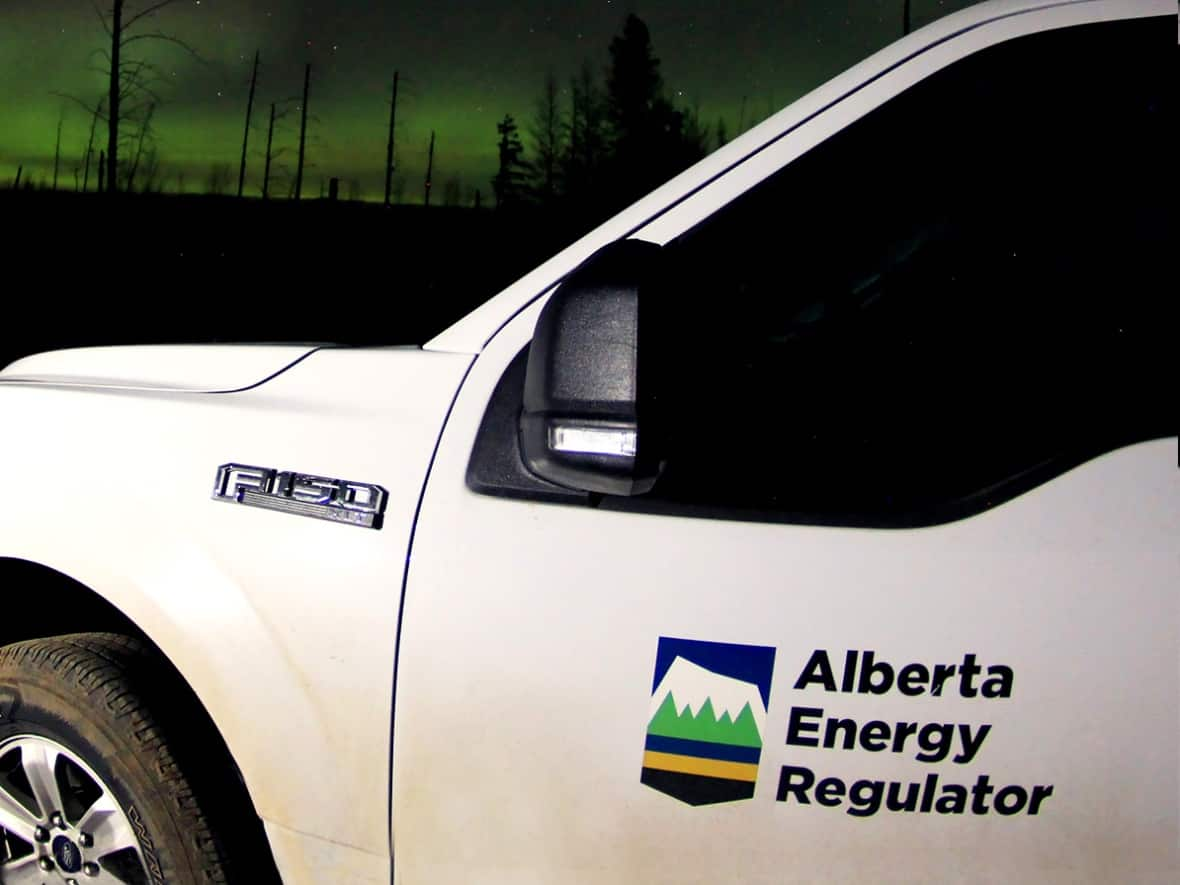Alberta Energy Regulator issues environmental protection order after earthquake study finds industry link

The Alberta Energy Regulator announced on Thursday it issued an environmental protection order for a Calgary-based oil and gas company.
The order comes after a joint study from the University of Alberta and Stanford University found an industry link between in situ bitumen recovery and the earthquakes that shook the Peace River region last November.
These earthquakes went on record as being the largest documented in the province, with one earthquake having a magnitude of 5.6.
The AER originally said in a news release in November that its investigation's "initial findings point to natural tectonic activity."
The study's researchers found the earthquakes were likely caused by disposal of oilsands wastewater.
"This study shows that ... long-term operations have the potential to cause earthquakes," Ryan Schulz, a geoscience researcher with Stanford and one of the lead researchers, said in an interview.
Following the release of the study, the AER announced an environmental protection order under sections 113 and 241 of the Environmental Protection and Enhancement Act for Obsidian Energy.
Obsidian Energy is a mid-sized oil and natural gas production company.
"The AER has issued this order due to a series of induced seismic events that occurred between November 29, 2022, and March 16, 2023, in the Peace River region," spokesperson Karen Keller said in a statement.
"An investigation conducted by the Alberta Geological Society (AGS), a branch of the AER, has concluded that Obsidian's disposal operation induced the seismic events."
The statement notes the disposal operation includes a well authorized for the disposal of water via injection into the Leduc Formation and that "the unique geological features of the area also contributed to the seismic events."
Under the order, Obsidian must:
submit plans and take actions acceptable to the AER to reduce the frequency and magnitude of the events.
establish seismic monitoring in the surrounding area that detects events above a local magnitude of 2.0 ML.
install accelerometers at strategic locations within a 10 kilometres radius of the disposal operation to measure vibration.
"While there is no evidence of damages or injuries from these events, this order and subsequent investigation reflects our commitment to Albertans to ensure safe, efficient, orderly, and environmentally responsible development," Keller said.
The order is intended to prevent future events and protect Albertans."
Obsidian said it is co-operating with the AER and intends to comply with the order, including establishing seismic monitoring at its water disposal well, in a statement to CBC News on Monday.
The company's well is located about 40 kilometres southeast of the town of Peace River.
Stephen Loukas, Obsidian's president and CEO, said while the company will fulfill the order, it does not agree with the AER's findings and has requested data and analysis from the regulator.
"Since we have not seen any data or other evidence for the AER's conclusions, we cannot – and do not – agree with these conclusions," Loukas said.
"We have requested data from the AER and intend to engage independent third-party experts to help us better understand the AER's reasoning."
The company said its well does not involve hydraulic fracturing or high-pressure pumping activities.
The company said at this time, it anticipates no impact on production due to the AER's order.
In 2019, the regulator ordered the company to suspend a well and associated infrastructure after a produced water spill.
The AER's order stated that it found the spill was not contained and was greater than initially reported when staff visited the site, 40 kilometres northwest of Drayton Valley.
In 2019, the regulator ordered the company to suspend a well and associated infrastructure after a produced water spill.
The AER's order stated that it found the spill was not contained and was greater than initially reported when staff visited the site, 40 kilometres northwest of Drayton Valley.
Industry impact
An expert who spoke to CBC said the study's findings could have a significant effect on industry.
"This kind of study allows us to look at both sides of the coin, and just kind of reminds us that there's a lot of data that needs to be excavated and examined," Jeff Gu, a professor of geophysics at the U of A who worked on the study, said Thursday.
"If indeed these [earthquake events] are caused by [or] associated with the injection of disposal water, then we ... can all kind of gather and then the energy regulators as well as the operators in the area, they can certainly make some certain plans on the steps in the future in terms of hazard mitigation."
The study's researchers hope that their work can prompt more companies to better oversee their operations through seismic monitoring.
CBC requested comment from the ministries of energy and environment and protected areas but was directed to the AER for inquiries.
CBC requested comment from the Canadian Association of Petroleum Producers who said they are reviewing the study.
"The oil and natural gas industry takes induced seismicity very seriously. Protecting the public, workers and infrastructure is a priority," association spokesperson Jay Averill said.


